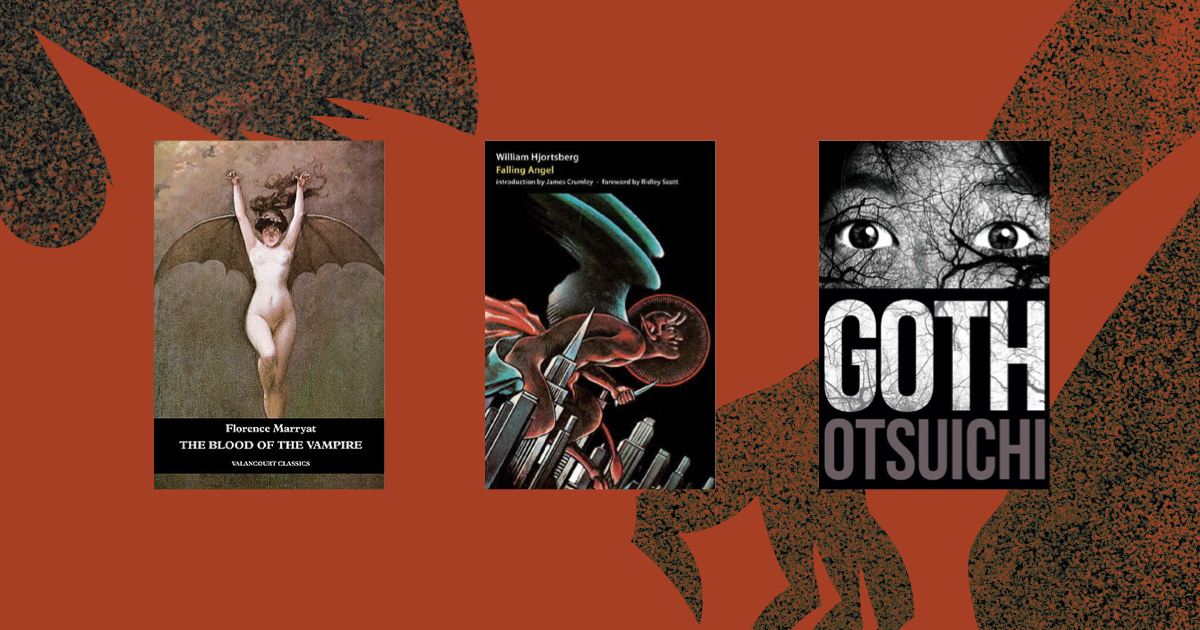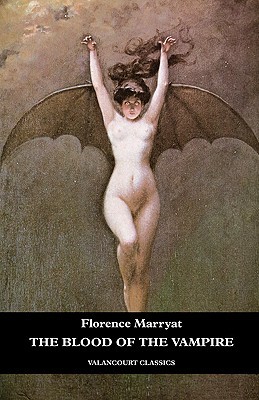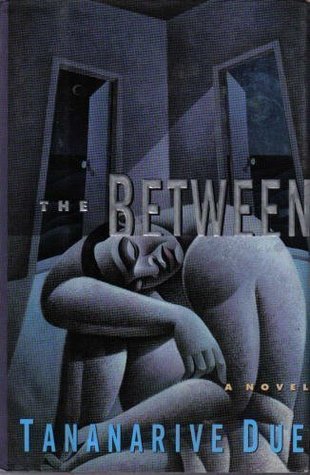Silvia Moreno-Garcia: Horror Picks to Take Your Reading Beyond Stephenkingitis

Silvia Moreno-Garcia is the New York Times–bestselling author of critically acclaimed speculative novels including Mexican Gothic (which won the 2020 Goodreads Choice Award for best horror novel), Gods of Jade and Shadow, and Certain Dark Things; the crime novel Untamed Shore; and the noir Velvet Was the Night. She has edited several anthologies, including the World Fantasy Award–winning She Walks in Shadows (a.k.a. Cthulhu's Daughters).
The horror genre has a condition that I like to call Stephenkingitis. Now, I think King is a wonderful writer, and not only have I enjoyed his novels and collections of short stories, but On Writing: A Memoir of the Craft offers some of the best insights into the profession that I have ever read.
Unfortunately, for several decades now, it has been pretty standard that when I walk into a bookstore, the horror section—if there is one—is reduced to the two big Ks: King, maybe some Koontz. Sometimes there’s a Lovecraft collection thrown in for good measure.
Titles like Rosemary’s Baby, The Exorcist, and The Other catapulted horror into the bestseller lists in the 1970s, and what followed was a rapidly expanding category. In the 1980s, horror paperbacks were hitting the shelves at an astonishing pace. But everything that goes up must come down, and in the early 1990s, the horror bubble burst. The swan song of this era was the Abyss line, which launched with Kathe Koja’s The Cipher.
After the ’90s, most imprints turned away from horror. Since it was no longer a commercially viable category, the shelf space for horror was drastically reduced and we ended up with bookstores that only stocked a few horror titles and limited themselves to the heavy hitters that had managed to survive the upheaval.
Horror aficionados continued to operate and consume the books put out by small presses, but for the general public, horror seemed to vanish.
The erroneous perception that horror only constitutes a limited number of authors and titles obscures the breadth and history of horror fiction. Although some people think horror books need to give you a heart attack in order to be horror, or that horror only means violent murders, horror encompasses everything from Peter Straub’s elegant, slow-paced Ghost Story to Guy N. Smith’s pulpy Crabs: The Human Sacrifice (featuring my favorite book cover of the 1980s).
Recently, we have witnessed a resurgence of horror fiction in stores and libraries. We can thank books such as Stephen Graham Jones' The Only Good Indians, Grady Hendrix’s The Final Girl Support Group, or Alma Katsu’s The Hunger for showing publishers and booksellers that horror has some life left in it. Truth be told, horror is like a poltergeist that keeps rattling the dishes and won’t be exorcised.
But despite these successes, there’s still a fair amount of Stephenkingitis, which is the reason I’m penning this list of lesser-known horror titles. So no, Stephen King does not appear on this list, and neither does Clive Barker of the iconic Books of Blood, nor the queen of the undead, Anne Rice. But I hope we can dig up the coffins and unearth some hidden gems—or skeletons—for you.
After the ’90s, most imprints turned away from horror. Since it was no longer a commercially viable category, the shelf space for horror was drastically reduced and we ended up with bookstores that only stocked a few horror titles and limited themselves to the heavy hitters that had managed to survive the upheaval.
Horror aficionados continued to operate and consume the books put out by small presses, but for the general public, horror seemed to vanish.
The erroneous perception that horror only constitutes a limited number of authors and titles obscures the breadth and history of horror fiction. Although some people think horror books need to give you a heart attack in order to be horror, or that horror only means violent murders, horror encompasses everything from Peter Straub’s elegant, slow-paced Ghost Story to Guy N. Smith’s pulpy Crabs: The Human Sacrifice (featuring my favorite book cover of the 1980s).
Recently, we have witnessed a resurgence of horror fiction in stores and libraries. We can thank books such as Stephen Graham Jones' The Only Good Indians, Grady Hendrix’s The Final Girl Support Group, or Alma Katsu’s The Hunger for showing publishers and booksellers that horror has some life left in it. Truth be told, horror is like a poltergeist that keeps rattling the dishes and won’t be exorcised.
But despite these successes, there’s still a fair amount of Stephenkingitis, which is the reason I’m penning this list of lesser-known horror titles. So no, Stephen King does not appear on this list, and neither does Clive Barker of the iconic Books of Blood, nor the queen of the undead, Anne Rice. But I hope we can dig up the coffins and unearth some hidden gems—or skeletons—for you.
The tale of a young woman raised in Jamaica who may or may not be a supernatural predator. Its discussion of race and gender makes this an interesting title, especially when positioned next to Dracula, which was published the same year. The Valancourt edition comes with a handy introduction by Brenda Hammack.
Quiroga, who would go on to inspire iconic authors such as Julio Cortázar, has been called the Latin America Poe, and it is easy to see why in this collection of short stories that swirls around themes of madness, obsession, and death.
Fans of Dark Academia should get a kick out of this novel about an occultist from turn-of-the-century San Francisco who may have left a dangerous legacy behind embedded in the very architecture of the city.
Lush. That is the only way to describe Tanith Lee’s four Paradys books, which are set in a decadent, French-inspired city where scholars are infected with demonic curses, journalists encounter ancient sorcerers, and a labyrinth of ice connects parallel universes.
If Quiroga has been called the Latin American Poe, then Dávila would be the Mexican Shirley Jackson. Dávila’s fiction is subtle and disquieting, painting portraits in which the home can be more horrifying than any supernatural entity.
A weather official assigned to a distant island near the Antarctic discovers that his outpost is under attack from reptilian creatures and his predecessor has gone a little mad. Strange, bleak, and claustrophobic.
A private detective in 1950s New York is hired to find an elusive singer. The attention to period detail in this book is astounding, and it probably served as the predecessor of more than one urban fantasy that decided to marry a hard-boiled detective story with the supernatural.
Files has written several novels, but I first discovered her through her short stories and I’m recommending her first collection here. Disturbing and velvety, it’s like eating a poisoned box of chocolates.
A man is haunted by the death of his grandmother, who saved him from drowning as a child, and experiences recurring nightmares and episodes of déjà vu as a result. Is it psychological trauma or are sinister forces at work?
A mosaic novel constructed via a series of creepy, interconnected stories about two peculiar Japanese students who share a fascination with murder and death. There's no supernatural element here, just the dark corners of the human mind. It was also adapted into a manga of the same name.
When police find a mutilated body, they attribute the death to an animal attack. But the locals who know Creek stories realize a mythical beast is stalking the area. This is a throwback to creature features that will delight readers who don’t mind their gore.
The autobiography of one of the undead, laced with angst. No, it’s not Interview with the Vampire. Farrington’s prose evokes Le Fanu rather than Rice, even though it was first published in 1983. Perfect for fans of lush, baroque language.
Comments Showing 51-52 of 52 (52 new)
date newest »
newest »
 newest »
newest »
message 51:
by
Kim
(new)
Nov 06, 2021 03:57AM
 Thank you!
Thank you!
flag

















